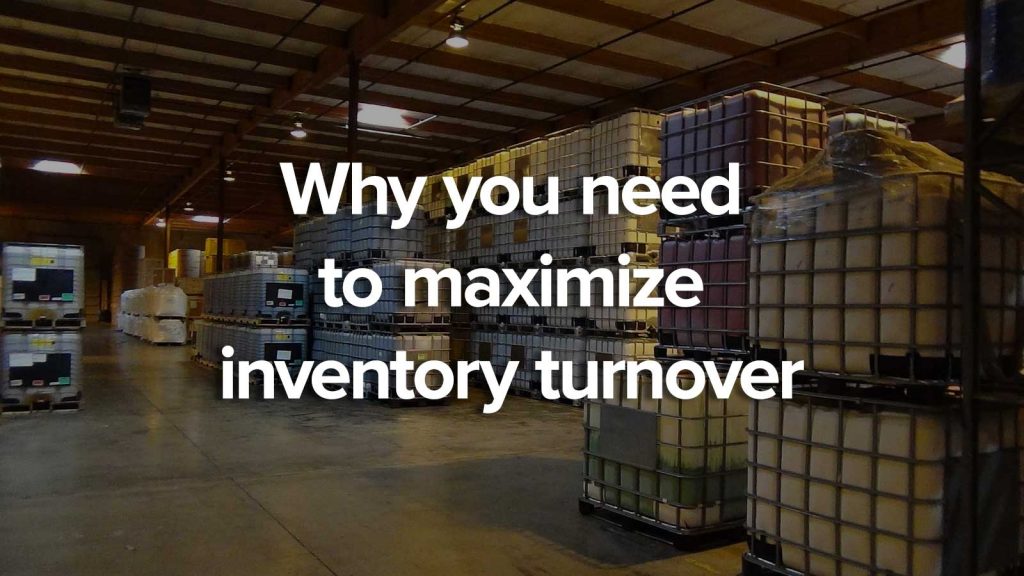Odds are your Point of Sale and/accounting software has a function that tells you what your turnover rate is for your entire inventory or, more likely, specific items. Inventory turnover is a topic you may already understand. But, if you don’t, you are going to want to read this explanation of why it’s important to maximize your turnover rate.
Simply stated, inventory turnover is the number of times in a given year you sell a certain item, then replace it in inventory with a similar or newer item. If you bring a particular BC in the door in January, sell and replace it at the end of March, then repeat this every three months through the end of December, you will have turned that item four times.
Why is this important? Consider the following example.
- Retailers A and B each have $100,000 to spend. They can either invest it in inventory or in a combination of mutual funds.
- Both retailers make an average net profit before taxes of five percent on retail sales. (Wait! What happened to that 50 percent profit margin? The answer is rent, utilities, salaries, maintenance, etc.) They both feel lucky to keep five percent.
- Retailer A invests his $100,000 in inventory items that will turn over an average of once a year. From this he will make $5,000.
- Retailer B invests $25,000 in inventory items that will turn over an average of four times a year. From this he will also make $5,000 ($25,000 times 0.05 times 4).
- Retailer B invests his remaining $75,000 in mutual funds paying an average of four percent per annum. From this he will realize an additional $3,000.
So, by investing less money in inventory, but turning it over more rapidly, Retailer B comes out $3,000 ahead.
Obviously, there are limits to the number of times you can turn your inventory. If you stock too little, or turn it over too rapidly, you risk losing sales by being out of stock on items customers want. However, most people we talked to feel the average dive store should be looking to turn their inventory at least three to four times each year.
Look around your store. How many items have been sitting in stock for up to a year or more? Those items may be costing you money.
Every time you decide to stock a new item, you need to ask yourself, How likely is this item to turn over in any given year? Similarly, when deciding how much of a particular item to keep in stock, you need to ask, What is the least quantity I can keep in stock without running the risk of being out of a critical item?
You are most likely on some sort of dating program with your primary supplier. The normal rules of inventory turnover may not apply here. Your manufacturer may load you up with inventory items earlier in the year, in a effort to keep them from clogging up their warehouse. For these items, you calculate turnover based not on when they come in the door, but rather on when you have to pay for them.
The good news is, modern Point of Sale and accounting software makes identifying inventory turnover a lot easier than it used to be. Take advantage of this fact so that you can keep the least amount of money tied up in inventory as possible.
All of this underscores a more important point: Dive retailing is less about diving and more about retailing. Inventory turnover, as just one example, is extensively covered in Business Administration courses. Unfortunately, the vast majority of dive retailers were not Business majors.
The good news is, that fact doesn’t need to handicap you. Not when you have the University of Google at your disposal. Search for online business courses. You will find a wealth of free and paid business courses you can take without ever sitting in a classroom.
You now have a better understanding of inventory turnover than you may have had going in. Just remember that all of this really just serves to further underscore an important point: You can be the greatest diver or instructor on the planet, but that won’t help you unless you also strive to be a savvy retailer.

